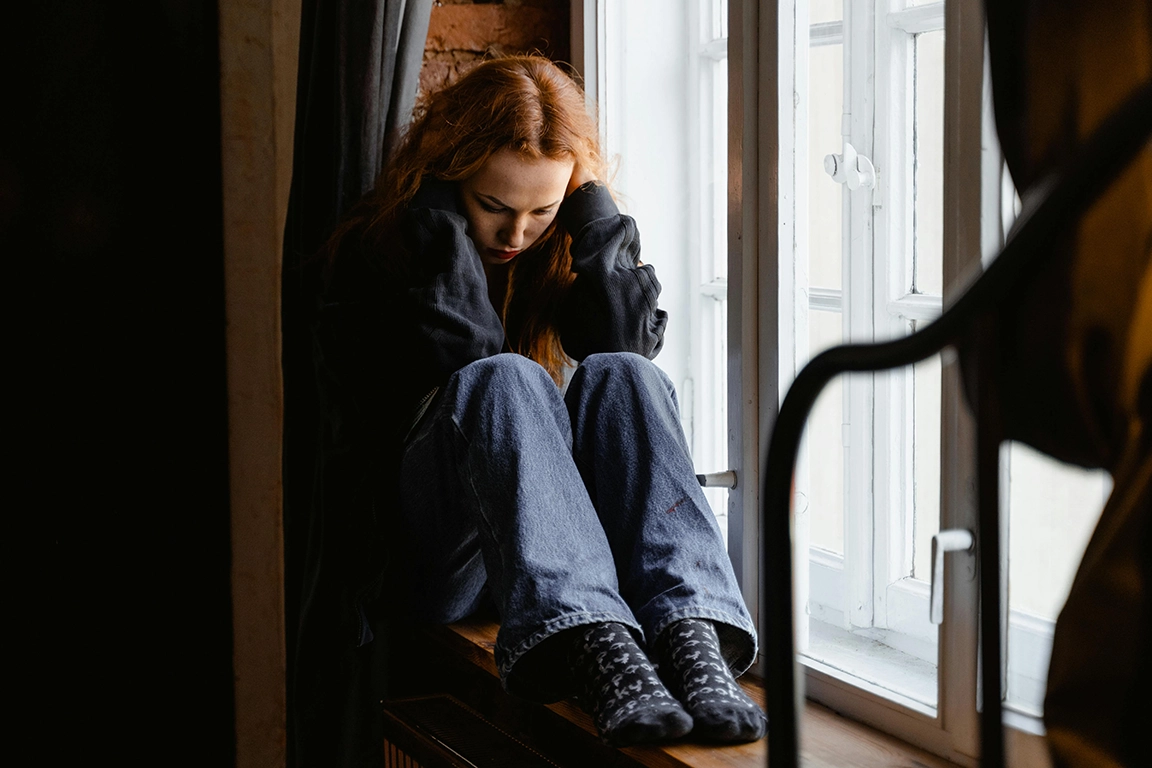Bipolar disorder, formerly called manic depression or manic-depressive illness, is a mental health condition that affects at least 5 million Americans. It is characterized by extreme mood swings that include emotional highs (mania or hypomania) and lows (depression). When depressed, the person may feel sad or hopeless and lose interest or pleasure in activities. When their mood shifts to mania or hypomania (less extreme than mania), they can feel euphoric, full of energy or unusually irritable. These mood swings can affect sleep, energy, activity, judgement, behavior and the ability to think clearly. Bipolar disorder has the highest lifetime risk of suicide among all psychiatric disorders.
There are several types of bipolar disorder. All involve clear changes in mood, energy, and activity levels.
- Bipolar I Disorder: defined by manic episodes that last at least 7 days, or by manic symptoms so severe that the person needs immediate hospital care. Usually, depressive episodes occur as well, typically lasting at least 2 weeks.
- Bipolar II Disorder: defined by a pattern of depressive episodes and hypomanic episodes, but never a manic episode.
- Cyclothymic Disorder: defined by period of hypomanic symptoms as well as periods of depressive symptoms lasting for at least 2 years; however, the symptoms do not meet the diagnostic requirements for a hypomanic episode and a depressive episode.
- Other Specified and Unspecified Bipolar and Related Disorders: these can be induced by certain drugs or alcohol or due to a medical condition
What are the symptoms of bipolar disorder?
Symptoms can vary from person to person, but include manic or hypomanic highs and depressed lows.
Both a manic and a hypomanic episode include three or more of these symptoms:
- Abnormally upbeat, jumpy or wired
- Increased activity, energy or agitation
- Exaggerated sense of importance
- Decreased need for sleep
- Unusual talkativeness
- Racing thoughts
- Distractibility
- Poor decision-making, such as excessive shopping sprees, taking sexual risks or making foolish investments
A depressive episode includes five or more of these symptoms:
- Depressed mood, such as feeling sad, empty, hopeless or tearful
- Marked loss of interest or feeling no pleasure in activities
- Significant weight loss when not dieting, weight gain, or change in appetite
- Either insomnia or sleeping too much
- Either restlessness or slowed behavior
- Fatigue or loss of energy
- Feelings of worthlessness or excessive guilt
- Decreased ability to think or concentrate
- Thinking about, planning or attempting suicide
It is important to note that bipolar disorder symptoms may vary among individuals. If you or a loved one has been diagnosed with bipolar disorder, schedule a consultation with your Hoosier Ketamine providers, Kerri Pritchard & Josh Retz, to evaluate if ketamine therapy is right for you.
How is bipolar disorder treated at Hoosier Ketamine?
At Hoosier Ketamine, we offer innovative and cutting-edge treatments for bipolar disorder. Our Hoosier Ketamine providers work together with mental health professionals to create a customized plan that treats the whole person and is designed to help individuals become happier and healthier. Since our infusions are intended to work as a supplement to other mental health treatments, we ask that all our patients be under the care of a licensed mental health provider.
Our practice uses Ketamine Infusion Therapy, a new and highly effective treatment for bipolar disorder. With the highest lifetime risk of suicide among all psychiatric disorders, bipolar disorder and suicidal ideation can be alleviated with ketamine therapy. Studies have found that bipolar disorder, like depression, responds well to the production of glutamate, which helps to repair damaged brain connections to create positive thoughts and behaviors. During treatment, Hoosier Ketamine providers Kerri Pritchard & Josh Retz administer a customized dose of ketamine to stimulate the production of glutamate and ease symptoms of bipolar disorder. Initial treatment typically consists of six infusions administered over the course of 2-3 weeks. After completing the first series of infusions, some people can remain symptom-free for several months. Follow-up maintenance infusions are individualized to the patient and scheduled as needed.



